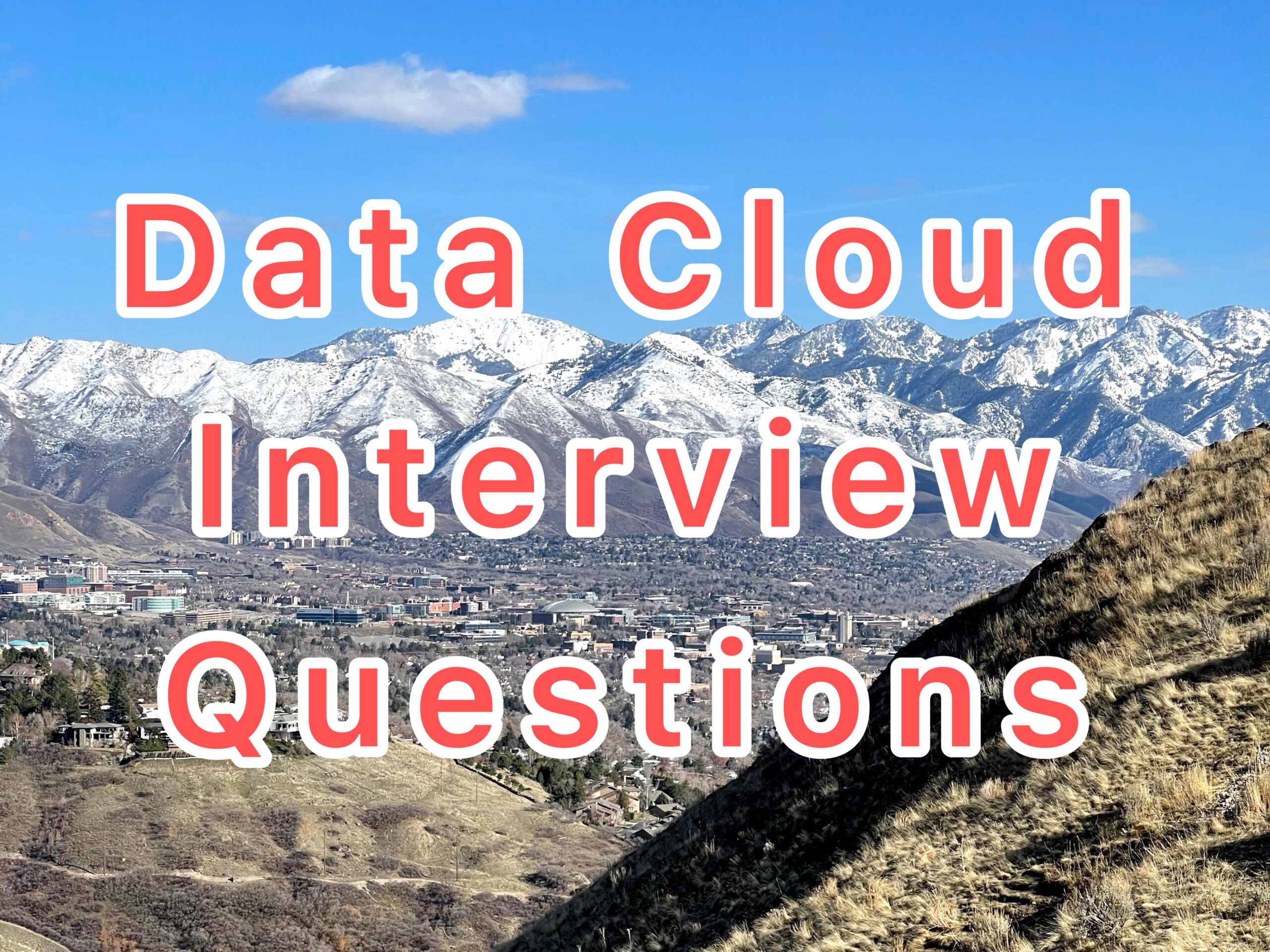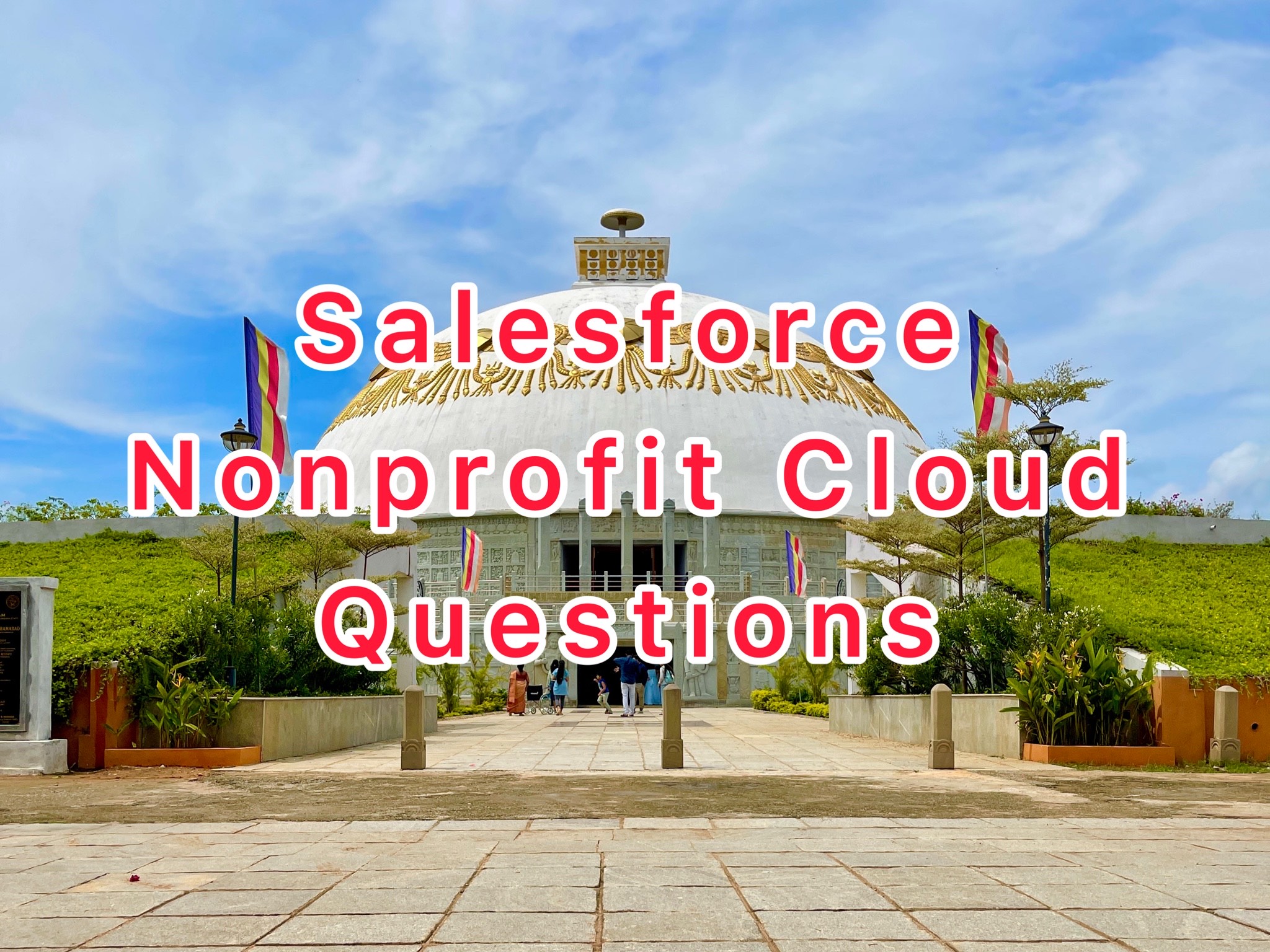Salesforce Industries (Vlocity) CPQ Interview Questions and Answers.
- Q1. What is Salesforce Industries (Vlocity) CPQ?
- Q2. Explain Industries (Vlocity) CPQ Cart.
- Q3. Explain Enterprise Product Catalog (EPC).
- Q4. Explain PSR Layers.
- Q5. What is an Asset?
- Q6. What is Asset-Based Ordering?
- Q7. What is Field Mapper?
- Q8. Explain the EPC Product Console.
- Q9. What are Product Attributes?
- Q10. What is a Product Object Type?
- Q11. What is a Product Life Cycle?
- Q12. What are Product Selling Period Dates?
- Q13. What are the steps to manage Platform Cache?
- Q14. What is Price List in Industries (Vlocity) CPQ and how does a price list relate to a Salesforce price book?
- Q15. What is Pricing Variable?
- Q16. What is Pricing Element?
- Q17. What is Time Plan?
- Q18. What is Time Policy?
- Q19. What is Effectivity?
- Q20. What is a Product Bundle?
- Q21. What is the difference between a product and a promotion?
- Q22. What are Contextual Discounts?
- Q23. What are different ways to adjust the price of a product in Industries CPQ?
- Q24. What are Context Rules?
- Q25. What are Advanced Rules?
Q1. What is Salesforce Industries (Vlocity) CPQ?
Salesforce Industries (Vlocity) CPQ is a cloud-based, quote-and-order-capture system that is built natively and additively on the Salesforce platform. CPQ stands for Configure, Price and, Quote.
- Configure – Configure complex products and product bundles
- Price – Apply discounts and perform price calculations
- Quote – Manage quote lifecycle
Q2. Explain Industries (Vlocity) CPQ Cart.
The Cart is the shopping-cart UI provided with Industries (Vlocity) CPQ. The Cart is developed using the Vlocity Card Framework, and can be customized according to your specific business requirements.
Q3. Explain Enterprise Product Catalog (EPC).
Enterprise Product Catalog (EPC) is a flexible, adaptable, and SID/TM Forum compliant product catalog. EPC supports all levels of product definitions, including offers, product specifications, services, and resource specifications.
Q4. Explain PSR Layers.
The PSR Layers consist of Product, Service and, Resource Layers.
- Product Layer – Commercial view of product or services being sold
- Service Layer – Includes service specs and service configurations
- Resource Layer – Includes equipment and their attributes
Q5. What is an Asset?
An asset is an item of value that an account or contact owns. In Salesforce, assets are products or subscribed services captured during the order-capture process.
Salesforce Industries (Vlocity) CPQ Interview Questions and Answers
Q6. What is Asset-Based Ordering?
Industries CPQ supports the creation of quotes and orders against a set of customer assets. In asset-based ordering, you change an existing asset by moving it to either a quote or an order.
Q7. What is Field Mapper?
Field Mapper is a declarative mapping tool used for transforming objects in the order-capture lifecycle. You can use the Field Mapper to specify the conversion of the following objects:
- Opportunities to quotes
- Quotes to orders
- Orders to assets
- Assets back to orders
- Assets back to quotes
Q8. Explain the EPC Product Console.
EPC Product Console the UI to manage EPC elements in a single, contextual interface including:
- Products
- Attributes
- Picklists
- Product Object Types
Q9. What are Product Attributes?
Product Attributes provide a flexible way to extend product entities. Product Attributes are stored in aggregate “blob” form in the JSONAttribute field on the Product object.
Q10. What is a Product Object Type?
Product Object Type is a reusable entity that defines properties (fields and attributes) and layout for all product instances. Product Object Types are used to group products with similar characteristics and ensure consistent behavior and application of rules.
Salesforce Industries (Vlocity) CPQ Interview Questions and Answers
Q11. What is a Product Life Cycle?
A product life cycle is the process that every product goes through from its introduction to its retirement. There are four defined stages for a product lifecycle:
- Current Product – A product available for sale
- Future Product – A product that will be sold in future
- Past Product – A product that is no longer for sale but can be fulfilled for orders that have been already placed
- Retired Product – A product that is no longer supported, cannot be ordered or fulfilled
Q12. What are Product Selling Period Dates?
- Selling Start Date – Defined when products can be ordered
- Selling End Date – Defines when products can no longer be ordered
- Fulfilment Start Date – Defines when product is ready to be fulfilled
- End of Life Date – Defines when product is no longer supported
Product selling period dates are set in the General Properties facet of the product. The Product Console validates all date and times entered using the rule:
SellingStartDate < = FulfilmentStartDate < = SellingEndDate < = EndOfLifeDate
Q13. What are the steps to manage Platform Cache?
Platform cache can be refreshed using a three-step process:
- Run the Product Hierarchy Maintenance job
- Run the Clear Managed Platform Cache job
- Run the Refresh Platform Cache job
Q14. What is Price List in Industries (Vlocity) CPQ and how does a price list relate to a Salesforce price book?
Insustries (Vlocity) CPQ uses Price List to store pricing information. Every price list is associated with a price book, because the price book is required by Salesforce.
Q15. What is Pricing Variable?
Pricing variables enable you to set a type of price that you can associate with a charge. Type determines:
- Whether it is a regular charge or a penalty fee
- Whether the charge is for one time or ongoing
- Whether it is a price charged to the customer or a cost the company must bear
- Whether payment of the charge is accomplished with currency or loyalty points
Salesforce Industries (Vlocity) CPQ Interview Questions and Answers
Q16. What is Pricing Element?
A pricing element combines the pricing variable with the amount and currency.
The basic types of pricing elements are:
- Charges to assign a base price
- Adjustments to adjust a base price
- Overrides to override a base price
Q17. What is Time Plan?
The time plan is the length of time for pricing to apply to a product. For example, a 2-year subscription to broadband service has a 24-month time plan. Settings for a time plan include:
- Total duration of the time
- The units of measure for the duration: Day, Week, Month, Year
Q18. What is Time Policy?
A time policy indicates when the price starts and stops being applied. When you create a time policy, you have these setting options:
- Start Policy
- End Policy
- Type
- Start Time Delayed
Q19. What is Effectivity?
Effectivity determines date and time from and to which the pricing of the product or bundle is effective. To set the pricing for ever keep the Effective Until field as blank.
Q20. What is a Product Bundle?
A bundle is a logical grouping of products into one “package”. The top level of the bundle is considered the parent product. All products under this level are considered child products.
Salesforce Industries (Vlocity) CPQ Interview Questions and Answers
Q21. What is the difference between a product and a promotion?
A product:
- Can be used on an ongoing basis and typically does not expire soon
- Contains products or quantities of each product that are not necessarily limited
- Can contain multiple bundles
Promotions are individual products or product bundles you create for a limited:
- Time
- Customer group
- Subset of products
Q22. What are Contextual Discounts?
Contextual discounts provide away to reduce the price of a product, but also allow for a reduction in price to a sales catalog (collection of products), or all products in the Cart, and can be applied towards current or future purchases.
Q23. What are different ways to adjust the price of a product in Industries CPQ?
| Adjustment Type | Details | Created In |
|---|---|---|
| Manual Price Adjustment | Transactional Applied Manually Created by end users | Cart |
| Product Bundle Adjustment | Transactional Applied automatically Created by admins | Product Console |
| Promotional Adjustments | Transactional Applied automatically once promo added to the cart Created by admins | Product Console |
| Contextual Discount Adjustment | Contractual Applied automatically or manually Created by admins or end users | Product Console + Cart |
| Context Rule Adjustments | Transactional Applied automatically Created by admins | Product Console |
Q24. What are Context Rules?
Context Rules qualify products, promotions, price lists, price list entries and pricing adjustments in the Cart. This framework can also be used for Salesforce Industries API Caching, which is used for digital commerce. The context rule framework includes the following elements:
- Trigger events (such as adding a product to the Cart)
- Rule sets that run one or more context rules
- At least one context rule, which includes a context dimension, context scope and context mappings.
You can create following two type of Context Rules:
- Qualification: This rule type determines eligible products and promotions for a customer before you add them to the Cart, and determine eligible price lists, price list entries, and pricing adjustments for products in the Cart.
- Penalty: This rule type determines penalties for a customer who cancels contracts or promotions they’ve already ordered.
Q25. What are Advanced Rules?
Advanced Rules is Salesforce Industries original rules framework, and it is used primarily to create rules for product compatibility or configuration.
The Advanced Rules Framework includes the following elements:
- A trigger event such as an event change in the Cart or selecting a price list
- An interface and implementation
- An advanced rule based on an entity filter and a conditional action
You can create the following types of advanced rules:
- Availability: Filter the Products list to show only the products available for a customer.
- Eligibility: Filter the Products list to show only the items for which the customer is eligible.
- Compatibility: Define the related products to add when a product is added to the Cart.
- Pricing: Change standard pricing, and operate on order line items in the Cart.
Additional Salesforce Industries CPQ Resources
This article will be updated soon, please come back for more Salesforce Industries CPQ Interview Questions and Answers.
Recommended Articles


